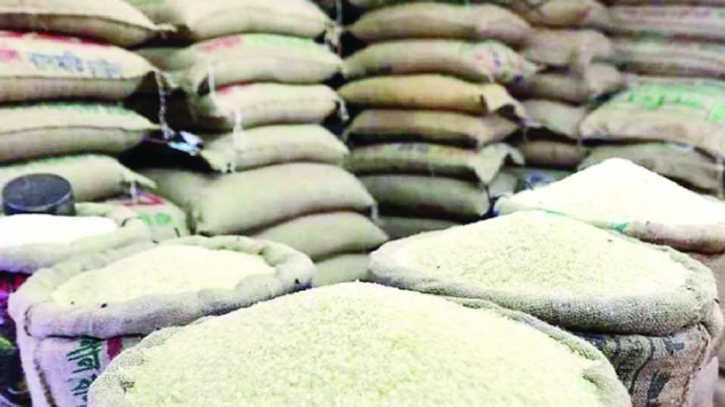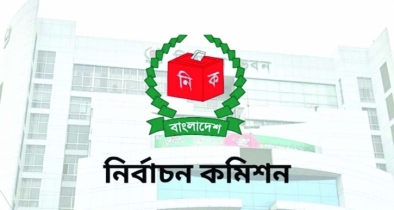
Staff Correspondent, Dhaka
The government has moved to distribute some 36.61 lakh metric tons of food grains in the 2025-26 fiscal year among low-income people under various social safety net programs to contain inflationary pressure.
Inflation rose to 8.55% in July 2025, according to the latest data released by the Bangladesh Bureau of Statistics (BBS). The rise was attributed to increases in both food and non-food inflation, the BBS report said.
Under the programs, 30.57 lakh metric tons of rice and 6.04 lakh metric tons of wheat will be distributed, according to a Food Ministry document.
In the previous fiscal year, 33.05 lakh metric tons of food grains — 26.30 lakh metric tons of rice and 6.75 lakh metric tons of wheat — were distributed. A total of 2.40 lakh metric tons of rice and 3 lakh metric tons of wheat will be distributed through Open Market Sale (OMS) allocation in FY2025-26.
Although some 1,066 OMS centres are operating in city corporations and major municipalities as of July 2025, demand remains much higher.
The annual rice requirement under the OMS program is around 3,06,240 metric tons against the current allocation of just over 66,000 metric tons.
Besides, the daily wheat allocation requirement is 1,391 metric tons (or 30,602 metric tons of flour) per month.
The monthly requirement stands at 39,743 metric tons of wheat, pushing annual demand to around 4,76,915 metric tons against the current allocation of 3 lakh metric tons.
Officials said the shortfall highlights the need to revisit allocation levels to meet actual consumption patterns and ensure uninterrupted supply for low-income consumers who rely on subsidized rice and wheat through OMS channels.
Rice prices continue to exert significant pressure on food inflation as well as overall inflation, according to the latest economic update by the General Economics Division (GED) of the Planning Commission.
The contribution of rice to food inflation rose sharply from 40% in May to 51.55% in July. Medium and coarse rice accounted for the bulk of the increase, contributing 24% and 18.39% respectively, the GED report shows.
A note from the Directorate says the matter could be placed for discussion and decision-making regarding potential increases in OMS allocations for both rice and wheat.
Rice and flour are sold at subsidized rates under the OMS program across Bangladesh to stabilize prices and support vulnerable groups, particularly in urban areas.
Bangladesh’s food grain distribution programs are a key pillar of government efforts to ensure food security for low-income and disaster-affected populations.
Managed primarily by the Directorate General of Food under the Ministry of Food, these initiatives combine social safety nets, targeted subsidies and emergency relief to address chronic poverty and seasonal hardships. The largest components include the Vulnerable Group Feeding (VGF) and Vulnerable Group Development (VGD) schemes, which provide rice and wheat to millions of rural and urban poor households, particularly during lean agricultural seasons and ahead of major religious festivals.
Under the Food for Work (FFW) and Test Relief (TR) programs, food grains are distributed as payment for labor in rural infrastructure projects such as road maintenance, embankment repair and irrigation canal construction, helping communities build resilience while generating employment.
The OMS initiative operates through trucks and dealers nationwide to sell rice and flour at subsidized prices to stabilize markets and support low-income consumers.
During floods or cyclones, the government mobilisers rapid-response relief channels to distribute food grains directly to affected families.
These programs are supported by development partners including the World Food Programme (WFP), which collaborates with the government on capacity building, targeting systems and supply chain management.
Officials said such programs are vital for reducing hunger, protecting livelihoods and shielding the most vulnerable against price shocks and climate-related disruptions.
A senior Food Ministry official said some 55 lakh families — up from 50 lakh previously — will get 30 kilograms of rice per month at Tk15 per kilogram.
This will be distributed in August, September, October, November, February and March.
“We hope that the market price will be lower comparatively as our storage is satisfactory,” said the official wishing to be anonymous.





































